Acne doesn’t only affect teenagers, it can also be a real issue for adult women. Unlike men, one in four women between 25 and 40 is affected by blemishes: this is called late acne or adult female acne. In fact, did you know that acne was one of the leading causes for consultation with a dermatologist? Although this disorder is not yet fully explained, there are several factors that can cause the appearance of imperfections, and against which preventive measures can be taken.
Because to treat imperfections, the key is to understand their root cause.
What are the contributing factors of late acne? How can you prevent imperfections and treat existing ones? What care product should you use? We have some advice in store for you! But first, let’s start with the basics.
What is an imperfection?
The term “imperfection” is quite broad: it can refer to a few pimples on the lower part of the face, but also to blackheads, microcysts, nodules, etc. In short, all the marks that alter the quality of the skin.
Many factors can be at the root of skin imperfections. But the mechanism is almost always the same:
It all starts with an overproduction of sebum (hyperseborrhea) associated with a qualitative change (dysseborrhea). Indeed, acne sebum is characterized by a vitamin E deficiency, which makes it more sensitive to the oxidation of lipids, especially squalene. Oxidized squalene is especially comedogenic and tends to cause the formation of comedones.
In the meantime, the skin thickens through the process of hyperkeratinization: the skin cells multiply and the overproduction ends up blocking the pilar cysts.
The result: sebum no longer flows normally and comedones form under the skin. If they open up, they are called blackheads. If they remain closed, they are called whiteheads or microcysts.
These comedones are an ideal environment for the development of certain bacteria, the best known being Cutibacterium acnes. These bacteria secrete pro-inflammatory substances that can transform a basic comedo into an inflamed red pimple (called an acne papule in dermatology).
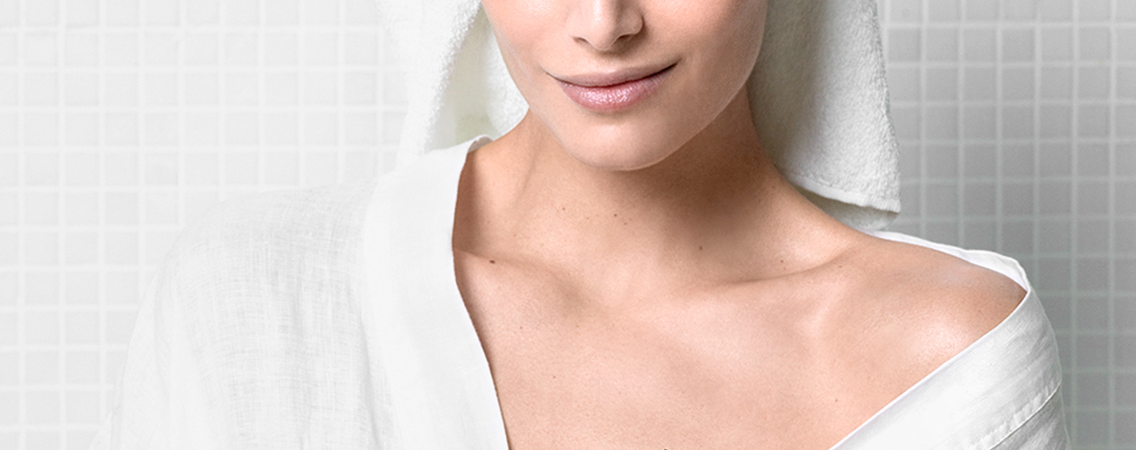

What are the contributing factors linked to adult female acne?
The skin is our body’s envelope: it protects us from external aggressions but it is also an emunctory that helps excrete toxins. Our skin is the reflection of our health as well as our emotions. Although acne is not yet a fully explained phenomenon, there are several factors that can cause the appearance of imperfections: genetics, hormonal activity, stress, environment, diet, etc.
HORMONAL ACNE:
Hormonal breakouts are often linked to the menstrual cycle. For many women, the week before their period is when skin imperfections are most likely to appear. At this time of their cycle, the level of androgens (male hormones responsible for the production of sebum) is higher than that of female hormones, and sebum production increases.
Pregnancy is another time when hormones tend to fluctuate and women have higher levels of male hormones.
Finally, during menopause, female hormones (estrogen and progesterone) decrease significantly and can no longer play their regulatory role over the male hormones responsible for sebum production.
As hormones regulate the development of our sebaceous glands, it makes perfect sense that fluctuations in hormonal levels during the menstrual cycle, pregnancy and menopause can cause imperfections to appear.
STRESS ACNE:
As previously mentioned, the skin reflects our health as well as our emotions. Stress and lack of sleep can have a direct influence on the functioning of our sebaceous glands, which then produce more oil.
Our advice: if you are going through a particularly stressful period and its impact is felt on your skin, the best thing would be to find an activity that can soothe your mind, such as yoga, meditation, sophrology, sports, reading... It’s up to you to pick what suits you best!
ENVIONMENTAL ACNE:
Our daily environment can play a role in the appearance of imperfections.
Pollution mainly, but also excessive exposure to the sun, and makeup or cosmetics that are not well suited to your skin.
Our advice: cleansing is key to prevent the appearance of imperfections linked to environmental factors. Wash your face twice a day with a cleansing product adapted to your skin type and, above all, remove your makeup before going to bed, as it tends to clog the pores.
DIET-RELATED ACNE:
The ingestion of fat and sugar-rich foods can often cause acne. Certain products such as chocolate, pastries, fried foods, dairy products, meats, alcoholic or caffeinated beverages can contribute to an increased production of sebum, which in turn lead to the appearance of imperfections.
Our advice: dairy products and sugar in particular should be avoided in case of inflammatory acne.
A diet rich in phytoestrogens (hormones naturally present in certain seeds, vegetables and cereals such as soy, tofu, garlic, parsley, etc.) can help keep hormonal levels balanced.
What is the difference between adult female acne and teenage acne?
“Juvenile acne, which has a strong seborrheic impact, can give way in adulthood to a more intermittent but much more inflammatory form, exacerbated by stress and pollution. It mainly affects women over men.
Adult female acne is inflammatory, with fewer blackheads than teenage acne. It is characterized by a reduced number of lesions, located mainly on the lower face (jawline and chin). This acne tends to have flare-ups, especially during the premenstrual period or in case of stress. A French study (Rocha & Bagatin, 2018) revealed that 40% of women have persistent acne, half of them have scars, 78% think they have additional lesions during the pre-menstrual cycle phase and 90% of them suffer from residual marks.” Virginie Couturaud
Regular cleansing in the morning & evening is the key to a healthy skin
CLEANSING
Cleansing is the most important step to prevent the appearance of imperfections. It helps free up pores of the excess sebum as well as impurities accumulated throughout the day.
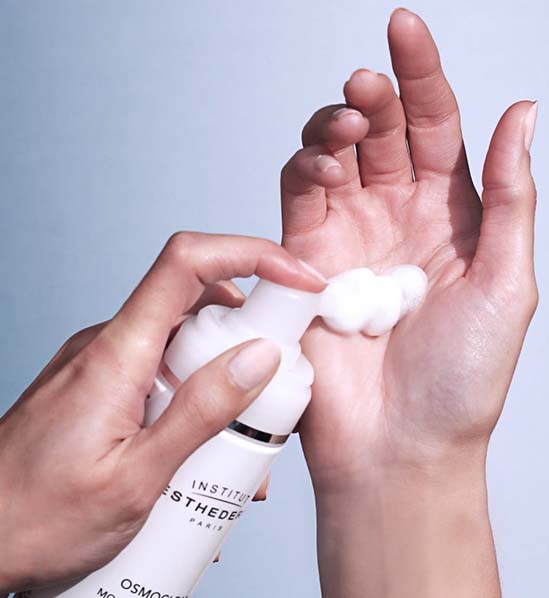

However the cleansing process must not be harsh on the skin. Your favored care product should be effective whilst preserving the skin’s protective hydrolipidic film. It’s essential to avoid any scouring effect, as overly aggressive or drying cleansing can also cause imperfections to appear. Indeed skin that has been harshly cleansed will react by producing even more sebum, which causes imperfections.
With this in mind, we would advise you to opt for a gentle product such as the Osmoclean Pure Cleansing Foam and avoid aggressive surfactants.
SCRUBS/EXFOLIANTS
Scrubs help rid the skin of dead skin that accumulates, preventing pores from becoming clogged and thus the appearance of imperfections.
However be careful not to overdo it, especially if imperfections are already present. Indeed it could irritate the skin and actually aggravate existing lesions.
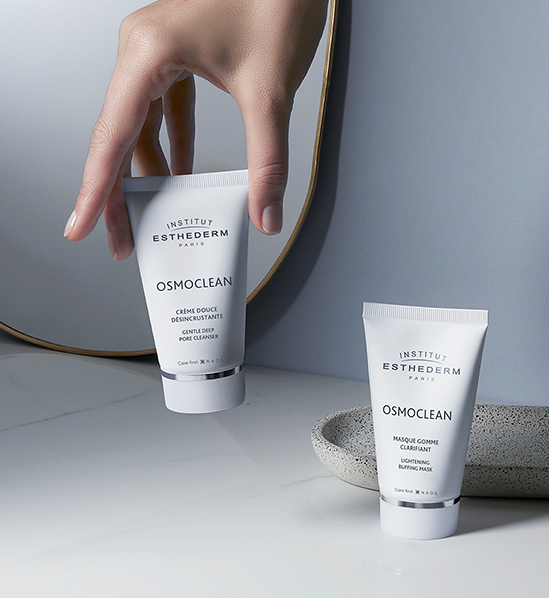

For microcystic imperfections (obstruction of the sebaceous glands leading to the appearance of microcysts under the skin), our Osmoclean Gentle Deep Pore Cleanser & Lightening Buffing Mask duo is ideal for its scrubbing power to prevent the appearance of imperfections. However these care products are not recommended if imperfections are already present (inflamed pimples).
10 beauty tips to prevent and reduce imperfections
- Maintain good skin hygiene, especially on the face: wash twice a day with a cleansing product adapted to your skin type, such as our Pure Cleansing Foam, and above all, remove your makeup before going to bed, to avoid your pores getting clogged. Discover all our Osmoclean care products.
- After cleansing your skin, apply a facial toner to finish residues and absorb the excess oil to mattify the skin.
- Do not use oil-rich or oil-based cosmetic products, as they tend to accentuate excess sebum and cause even more imperfections to appear. Our Intensive Propolis+ treatment is the ideal cosmetic solution for combination to oily skins. Purifying, moisturizing and mattifying Propolis+ care products are characterized by their targeted effectiveness to reduce imperfections within 7 days*.
- Scrub your body skin with our Cellular Water Gentle Body Scrub, and your face with our Osmoclean duo at least once a week to deeply unclog your pores.
- For existing imperfections (inflamed pimples), avoid scrubs that could irritate the skin and aggravate lesions.
- Stay well hydrated and consume water as well as fruit or vegetable juices to eliminate toxins and cleanse the body.
- Shower immediately after exercise to wash away sweat.
- Change sheets and pillowcases frequently so your skin does not come into contact with bacteria or germs that may have lodged there.
- Avoid touching your face with your hands. Don’t touch or pop pimples either: although it may be tempting to get rid of them faster, it would actually make the problem worse.
- Eat a balanced diet, rich in fresh fruit and vegetables.
Propolis +, a complete routine that treats imperfections and aging signs
Treating imperfections AND correcting wrinkles is now possible with our Intensive Propolis+ care routine.
Naturally concentrated in active molecules, organic propolis is known for its antibacterial, purifying and soothing properties. To create the Intensive Propolis+ skin care line, Institut Esthederm has reinforced the ingredients naturally present in organic propolis that are best suited to treat adult skins with imperfections: salicylic acid, zinc and ferulic acid.
Discover our 4 treatments for a flawless skin
*RESULTS OF OUR INTENSIVE PROPOLIS+ TREATMENT AFTER 7 DAYS:
97% report reduction in shine
Use test on 31 women with imperfections after 28 days using our Intensive Propolis+ Serum-Lotion twice a day
Reduction of acne by 19%
Clinical test (scoring) on 21 women with imperfections after 28 days using our Intensive Propolis+ Concentrate Serum on a daily basis
94% report visible reduction of existing imperfections
Use test on 32 women with imperfections after 28 days using our Intensive Propolis+ Concentrate Serum on a daily basis
95% notice a purified skin
Use test on 21 women with combination to oily skin, under normal conditions of use of our Intensive Propolis+ Kaolin Purifying Mask
AFTER 28 DAYS
Reduction of acne by 42%
Clinical test (scoring) on 21 women with imperfections after 28 days using our Intensive Propolis+ Concentrate Serum on a daily basis
34% reduction in shine
Clinical test (scoring) on 21 women with imperfections after 28 days using our Intensive Propolis+ Serum-Lotion twice a day
23% reduction in acne
Clinical test (scoring) on 20 women with combination to oily skins after 28 days using our Intensive Propolis+ Perfecting Cream twice a day
88% report smoothed wrinkles and fine lines
Use test on 18 women after 28 days of using our Propolis+ Intensive Perfecting Cream twice a day
 Find a point of sale
Find a point of sale 

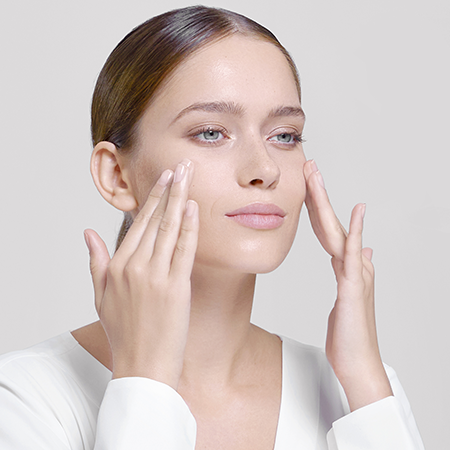
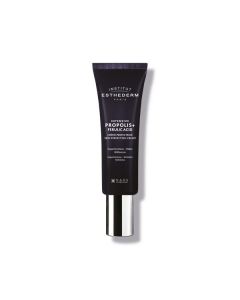
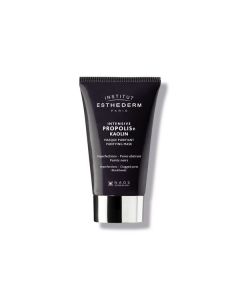
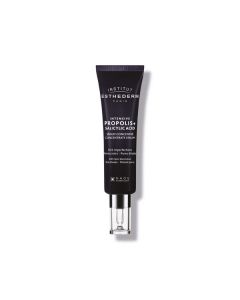
 March 9, 2022
March 9, 2022